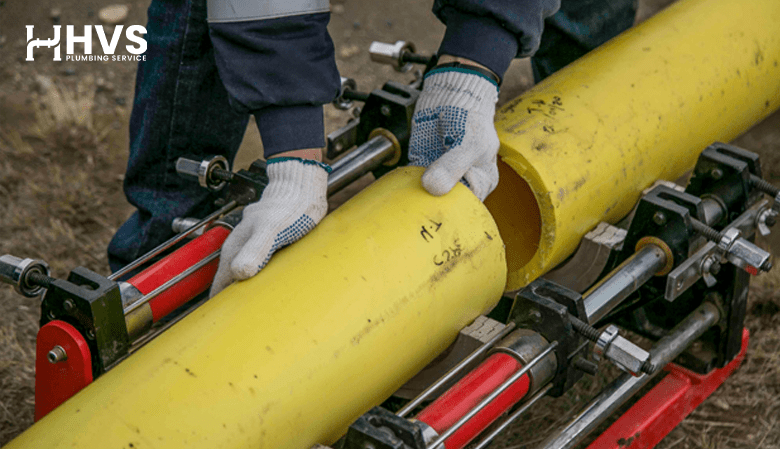
Plumbing problems are an inevitable part of homeownership, but they can be a major source of stress and expense if not addressed promptly and properly. To help you maintain a trouble-free plumbing system, we’ve compiled a list of the top 5 common plumbing problems and provided expert advice on how to prevent them. By following these preventive measures, you can save yourself the inconvenience and cost of dealing with plumbing issues.
1. Clogged Drains
Clogged drains are one of the most common plumbing problems that homeowners face. They can occur in sinks, showers, bathtubs, and toilets, and they often result from the buildup of hair, soap scum, food particles, and other debris. Here’s how you can prevent clogged drains:
a. Use Drain Screens: Install drain screens or strainers in your sinks and showers to catch hair and debris before they go down the drain. Regularly clean these screens to ensure they remain effective.
b. Be Mindful of What You Flush: Only flush toilet paper down the toilet. Items like paper towels, sanitary products, and wipes should be disposed of in the trash to prevent clogs.
c. Regularly Clean Drains: A monthly maintenance routine of pouring boiling water down your drains can help dissolve minor clogs. Additionally, consider using a mixture of baking soda and vinegar to help break down debris in your drains.
2. Leaky Faucets
Leaky faucets are not only annoying but can also waste a significant amount of water over time, increasing your water bill. To prevent and fix leaky faucets, consider the following tips:
a. Regular Maintenance: Check faucets and handles for leaks, and replace worn-out washers, O-rings, or other components as necessary. A simple tightening of loose parts can often resolve the issue.
b. Install High-Quality Fixtures: When installing new faucets or fixtures, invest in high-quality products with a good reputation for durability. Cheaper fixtures are more likely to develop leaks over time.
c. Monitor Water Pressure: Excessively high water pressure can damage your plumbing and lead to leaks. Use a pressure regulator to keep water pressure within safe limits.
3. Running Toilets
A running toilet is not only a nuisance but can also waste a significant amount of water. The constant flow of water can be caused by a malfunctioning flapper, valve, or fill tube. Here’s how you can prevent running toilets:
a. Regularly Inspect Components: Lift the lid of your toilet tank and inspect the components, especially the flapper, valve, and fill tube. Replace any parts that appear worn or damaged.
b. Adjust the Float: Sometimes, adjusting the float level can help prevent the toilet from running excessively. Experiment with the float settings to find the optimal water level.
c. Professional Inspection: If you’re not comfortable making these adjustments yourself, it’s advisable to call a professional plumber to diagnose and fix the issue.
4. Low Water Pressure
Low water pressure can make daily tasks like showering and doing dishes frustrating. Several factors can lead to low water pressure, including mineral buildup, pipe corrosion, and leaks. To prevent and address low water pressure, consider the following:
a. Regularly Clean Faucet Aerators: Mineral deposits can accumulate in faucet aerators, reducing water pressure. Remove and clean aerators periodically to improve flow.
b. Check for Leaks: Inspect your plumbing system for leaks, as even small ones can contribute to low water pressure. Repair any leaks as soon as you discover them.
c. Consider a Whole-House Water Filtration System: Installing a whole-house water filtration system can help prevent mineral buildup in your pipes, thus improving water pressure and quality.
5. Water Heater Issues
Water heaters are vital for everyday tasks like showering and washing dishes. Preventive maintenance can help extend the lifespan of your water heater and reduce the risk of problems. Here’s how to prevent common water heater issues:
a. Flush the Tank Annually: Over time, sediment can accumulate at the bottom of your water heater tank, reducing its efficiency and potentially causing damage. Flushing the tank annually can help prevent this.
b. Check for Leaks: Regularly inspect your water heater for signs of leaks. Leaking water heaters should be addressed promptly to avoid more significant problems.
c. Set the Temperature Properly: Adjust the water heater temperature to a safe and energy-efficient level. Setting it too high can lead to scalding and increased energy consumption.
d. Schedule Professional Maintenance: Consider scheduling professional maintenance for your water heater, as plumbers can identify and address issues before they become serious.
Dealing with plumbing problems can be a frustrating and costly experience. However, by taking proactive measures to prevent common issues, you can save yourself from the hassle of dealing with plumbing emergencies and the expenses that come with them. Regular maintenance, being mindful of what goes down your drains, and investing in high-quality fixtures are all steps that can go a long way in keeping your plumbing system in top shape. Remember, a little preventive effort can save you a lot of trouble down the road.



